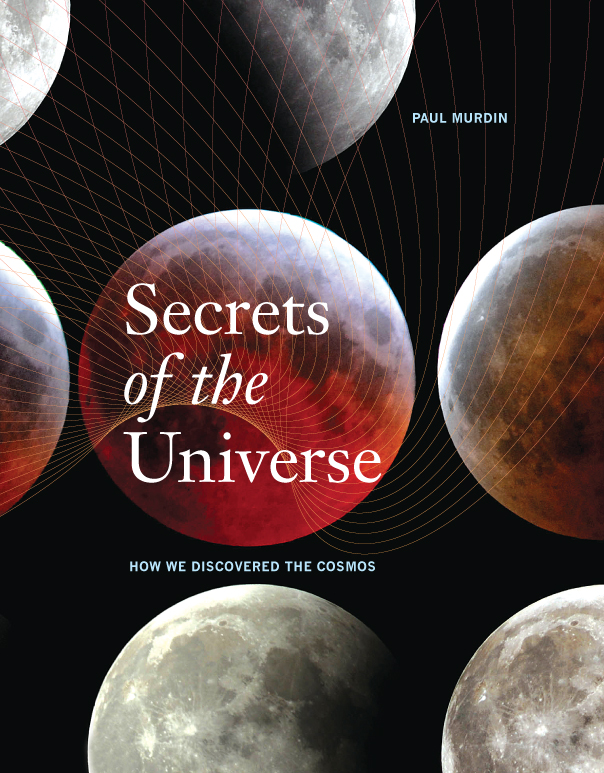Press Release: Murdin, Secrets of the Universe

Discoveries in astronomy challenge our fundamental ideas about the universe. Where the astronomers of antiquity once spoke of fixed stars, we now speak of whirling galaxies and giant supernovae. Where we once thought Earth was the center of the universe, we now see it as a small planet among millions of others, any number of which could also hold life. These dramatic shifts in our perspective hinge on thousands of individual discoveries: moments when it became clear to someone that some part of the universe—whether a planet or a supermassive black hole—was not as it once seemed.
Secrets of the Universe invites us to participate in these moments of revelation and wonder as scientists first experienced them. A renowned astronomer himself, Paul Murdin here revisits the most important astronomical discoveries ever made and introduces the scientists who made them in seventy short chapters which can be read consecutively as one narrative or dipped into and savored individually. The book makes even the most complex astronomical phenomena—from supermassive black holes to interstellar nebulae—wholly accessible to newcomers and general readers. It also features 400 full-color images, many of which would fit comfortably in the pages of Sky & Telescope or National Geographic.
The first section of Secrets explores discoveries made before the advent of the telescope, from stars and constellations to the position of our own sun. The second considers discoveries made within our own solar system, from the phases of Venus and the moons of Jupiter to the comets and asteroids at its distant frontier. The next section delves into discoveries of the dynamic universe, like gravitation, relativity, pulsars, and black holes. A fourth examines discoveries made within our own galaxy, from interstellar nebulae and supernovae to Cepheid variable stars and extrasolar planets. Next Murdin turns to discoveries made within the deepest recesses of the universe, like quasars, supermassive black holes, and gamma ray bursters. In the end, Murdin unveils where astronomy still teeters on the edge of discovery, considering dark matter and alien life alike. Really no topic in the history of astronomy evades Murdin’s graceful analysis in what will be the definitive book on the subject for years to come.
Read the press release.